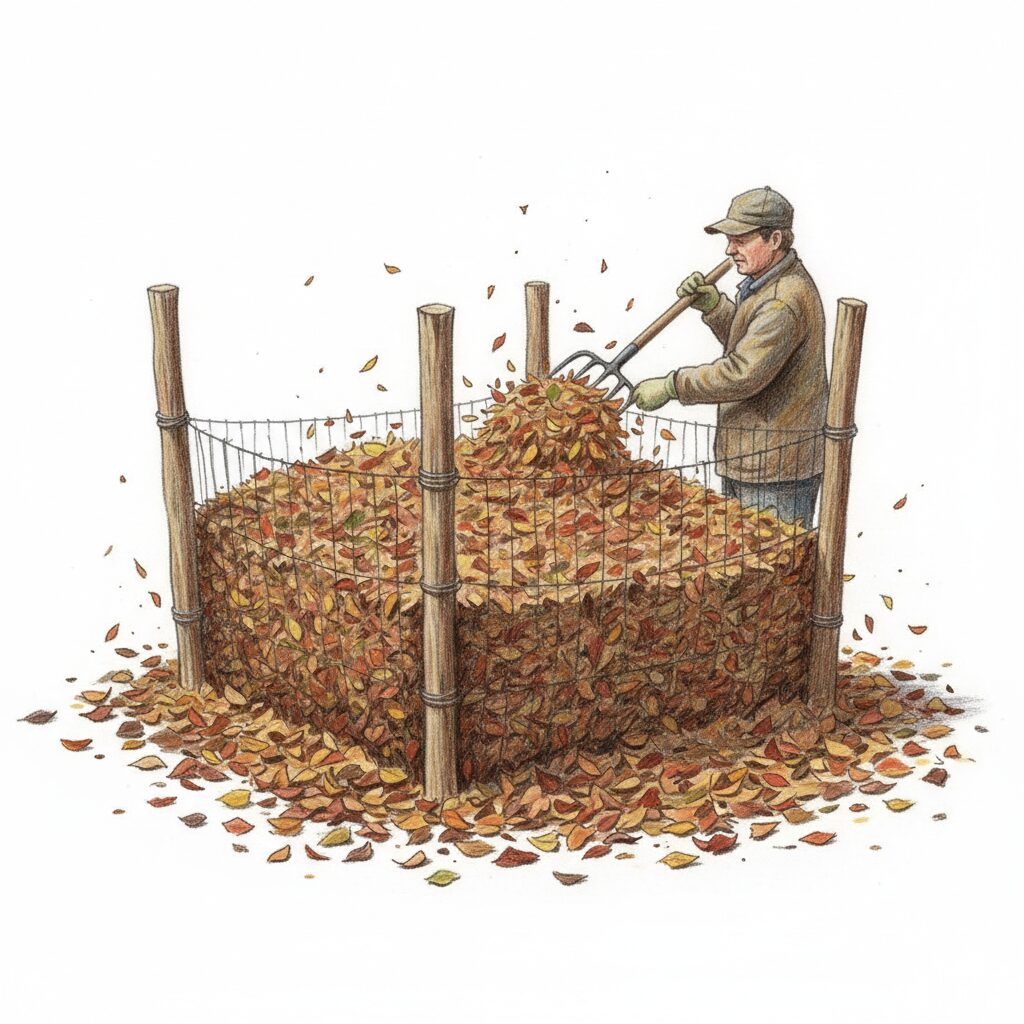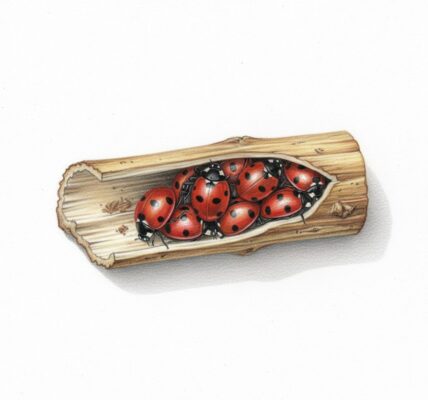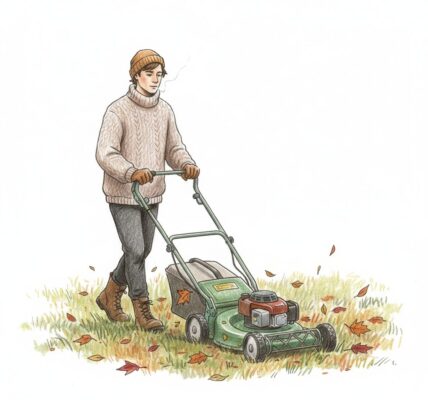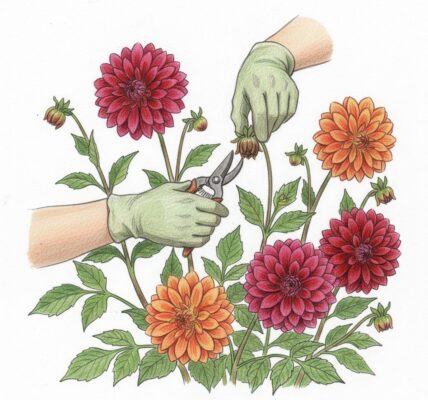
Autumn gives us a fantastic gift often overlooked by gardeners: fallen leaves. Instead of raking them onto the compost pile or, worse, bagging them for disposal, gather as many as you can find. These are the raw ingredients for leaf mould, one of the most valuable soil conditioners and compost components you can make at home. Collecting them now, while they are dry and plentiful, is the first and most crucial step in this simple, slow-burning process.
To speed up decomposition, chop the leaves finely. The easiest way is to mow over them on your lawn. The mower blades will shred the leaves into small fragments, helping beneficial fungi get to work more quickly.
After collecting the shredded leaves, keep them in a container that allows air to circulate. The simplest way is to make a bay with chicken wire and four posts. Unlike regular compost, leaf mould does not need heat, extra air, or turning. It just needs moisture and time. Pile the chopped leaves as high as possible, and moisten them with water if they appear dry. Over the next year, fungi will slowly turn them into a rich, crumbly material called leaf mould.
The final product is invaluable. Mature leaf mould is a fantastic soil improver, adding essential structure and moisture retention to garden beds. When sieved, it becomes an essential component of homemade potting compost. It is ideal for sowing seeds or potting up delicate plants, offering a sustainable, peat-free, homemade material from a free autumn resource.




